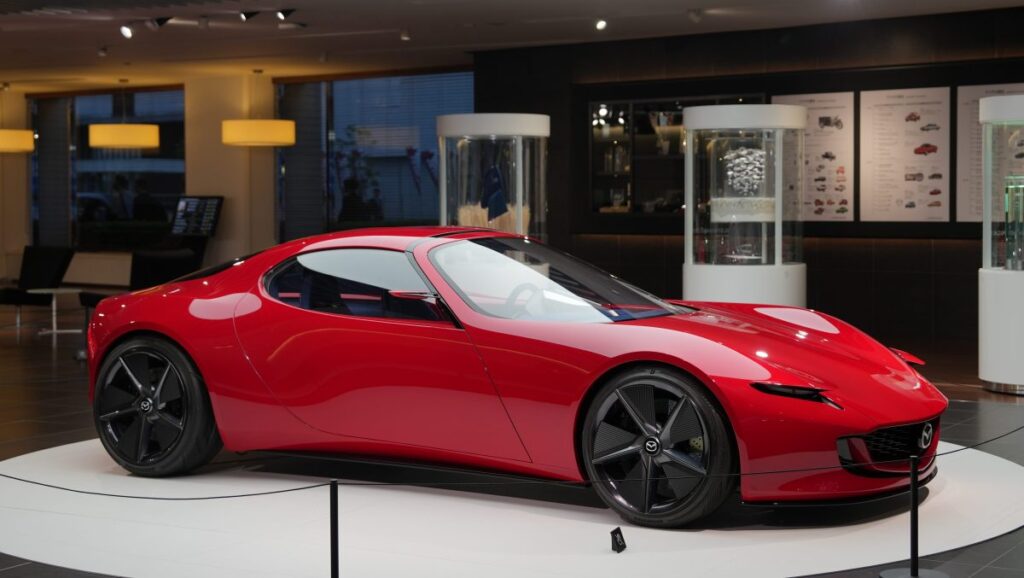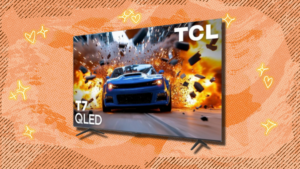
Mazda has long positioned itself as a “challenger” within the automotive industry, setting its sights on competing with luxury giants like Mercedes-Benz and BMW. Despite being overshadowed by its Japanese peers—Honda, Toyota, and Nissan—in terms of name recognition and sales, Mazda is making significant strides in the American market. In 2024, the company set a new sales record in the United States, selling nearly 425,000 vehicles, marking an impressive 17% increase over the previous year.
The announcement comes as Mazda continues to defy industry trends, maintaining growth even during the COVID-19 pandemic, which severely disrupted global supply chains. According to Brian Moody, executive editor for Kelley Blue Book at Cox Automotive, Mazda’s share of the American new car market has increased by 35% since 2012, although it remains just under 3% overall. This growth is significant for a brand that has traditionally held a smaller market share.
Mazda’s Unique Positioning and Market Strategy
Unlike its competitors, Mazda is headquartered in Hiroshima, far from the automotive hub around Tokyo. This geographical distinction underscores its independent approach. Mazda’s strategy does not focus on becoming a high-volume player but rather on emulating the market presence of luxury brands like Mercedes and BMW, which hold similar market shares in the U.S.
Intriguingly, Mazda’s growth has occurred without offering a pure battery electric vehicle (BEV) in the U.S. market. Instead, the brand has focused on moving into a higher price bracket. According to Kelley Blue Book, Mazda’s transaction prices increased significantly in March 2025, outpacing most other brands. This move aligns with Mazda’s long-term vision of offering a premium experience to its customers.
Engineering Excellence and Historical Roots
Central to Mazda’s brand identity is its commitment to engineering excellence. Ryuichi Umeshita, Mazda’s global chief technical officer, highlights Hiroshima’s historical significance in engineering, dating back to its selection as a military port due to its defensible location. This heritage laid the foundation for Mazda’s focus on mechanical innovation.
For decades, Mazda has been known for its unique Wankel rotary engine, which powered its iconic RX line of sports cars. Although the rotary engine is no longer the centerpiece, Mazda has shifted focus to another distinguished engine: the inline-six-cylinder. This engine, favored by luxury brands for its smooth power delivery, is featured in Mazda’s contemporary CX70 and CX90 SUVs, emphasizing the brand’s upmarket aspirations.
Design Innovation: The Kodo Philosophy
Mazda’s movement upmarket is also driven by its design philosophy, known as Kodo Design. Introduced in 2010, this approach views the car as a work of art, emphasizing the “rhythm of form.” Masashi Nakayama, Mazda’s chief designer, describes the use of hand modeling in clay as a key element, setting Mazda apart from competitors that rely heavily on digital design.
“Mazda is a small brand, but it is the number one user of clay,” says Nakayama. This tactile approach imbues Mazda vehicles with a premium feel, creating a distinctive aesthetic that resonates throughout its lineup. The brand’s proprietary paint process, particularly the signature “Soul Red,” further enhances this premium perception.
Market Challenges and Future Prospects
Despite its successes, Mazda faces challenges, particularly with import tariffs affecting vehicles produced overseas. The brand’s best-selling CX-50 is manufactured domestically in Alabama, but other models are subject to these tariffs. Jeff Guyton, Mazda’s global CFO, acknowledges that while tariffs may increase costs, they also align with Mazda’s strategy of offering a premium experience.
“We have to provide an experience and product that makes people say, ‘Yeah, I want to pay that,’” Guyton states. “Tariffs or not.”
As Mazda continues its journey upmarket, experts like Brian Moody believe the strategy is working. The brand’s gradual shift away from its “zoom-zoom” tagline towards a more refined image is evident in models like the CX-90, which features a turbocharged inline six-cylinder engine and a high-quality interior.
Looking ahead, Mazda’s commitment to innovation and design, coupled with its strategic market positioning, suggests a promising future in the luxury automotive segment. As the brand continues to challenge the status quo, it remains poised to carve out a unique niche among its luxury competitors.






